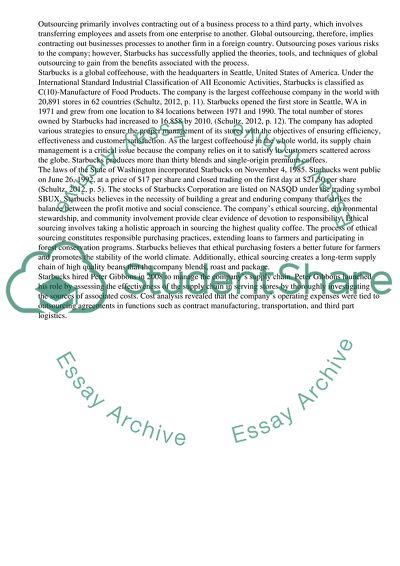Cite this document
(Starbucks's Effective Machinery of Global Outsourcing Case Study, n.d.)
Starbucks's Effective Machinery of Global Outsourcing Case Study. Retrieved from https://studentshare.org/business/1812833-global-outsourcing
Starbucks's Effective Machinery of Global Outsourcing Case Study. Retrieved from https://studentshare.org/business/1812833-global-outsourcing
(Starbucks'S Effective Machinery of Global Outsourcing Case Study)
Starbucks'S Effective Machinery of Global Outsourcing Case Study. https://studentshare.org/business/1812833-global-outsourcing.
Starbucks'S Effective Machinery of Global Outsourcing Case Study. https://studentshare.org/business/1812833-global-outsourcing.
“Starbucks'S Effective Machinery of Global Outsourcing Case Study”, n.d. https://studentshare.org/business/1812833-global-outsourcing.


